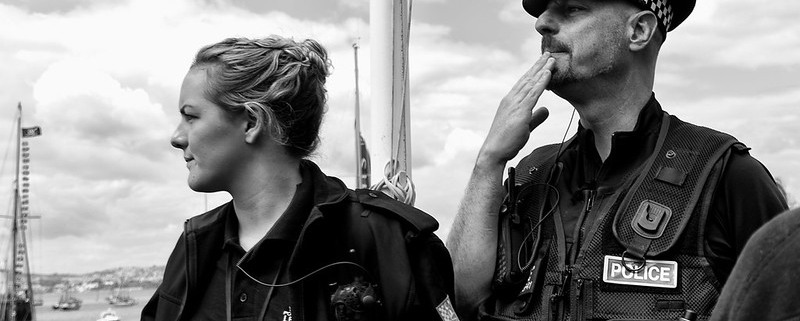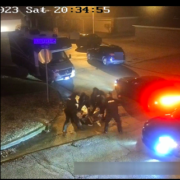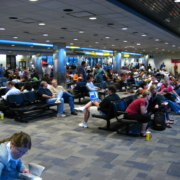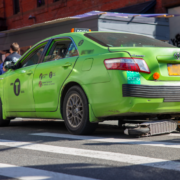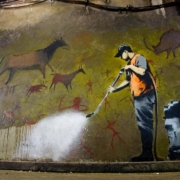Crime rates, reporters, and experts. A cautionary tale
When it comes to crime, journalists are typically interested in answering three logical questions:
• Is the crime rate increasing or decreasing? (This is usually framed as “Is crime out of control insert jurisdiction here?”)
• What can we realistically do about it?
• And are the police or politicians doing enough to address this challenge?
But in the process of answering these questions, both reporters and sometimes those asked to comment, often neglect (and fail to mention and explain) a handful of contextual issues.
The first concerns the reliability of crime statistics. Most experts understand that not all crime that occurs is reported to law enforcement. There are lots of reasons why, but it’s widely accepted that the types of crimes that we have the best data on are homicides when there is a dead body, and car thefts where the owners usually file a claim with an insurance agency.
So when reporters, police, or politicians talk about non-fatal/non-lethal shootings, for example, in general these are undercounted. More importantly drawing conclusions about them, is primarily speculation. For example, just because a person is shot does not mean that they are going to die. A number of things can happen to save that persons’ life so the event is not classified as a non-fatal shooting (i.e., very good and improved emergency room procedures, quicker response times by emergency medical personnel, and first responders have improved their ability to sustain life). Alternatively high rates of non-fatal shootings, may be the result of a higher than average number of shooters who are unskilled and thus bad shooters. Also maybe the guns they are using are lousy and are not accurate?
Second, and more recently, there have been claims that bail reforms are leading to an increase in crime. Yes we can point to individuals who while out on bail have engage in crimes, some of them quite horrific, and thus it would be a seductive to make this kind of relationship. But the there no clear empirical evidence that bail reform is leading to increase in violent crime.
Third, another assumption is that if we only had more or better police then crimes would fall. Again, Criminology 101 (and most human services classes) will tell you that crime is not as closely connected to police practices as most people think, but instead, is the result of numerous things happening in families, streets, communities, and the economy in general. The police are only one aspect of crime control. This means that they can only have a minor effect on large macro social processes like crime, and in turn crime rates. Thus, contrary to Eric Adams, the recently elected Democratic electoral candidate, more police does not necessarily mean less crime. In fact, it can have the opposite effect because more police on the street means that each one has a vested interest in detecting crime, criminals, etc. and thus this in turn will boost crime statistics.
Fourth, another frequent assertion is if we only had more and better paying jobs we would see less crime. This might be true if all crimes were financially motivated, but jealous lovers rarely physically hurt or kill their loved ones (i.e., domestic violence) because of disputes over money.
Fifth, there is a popular belief that if one type of crime is increasing in frequency, then there is a tendency to assume that all categories of crime are also going up. Reporters and those who are asked to comment on these trends sometimes fail to disaggregate all crime versus violent crime versus homicides. This is when it is important to realize that almost every type of crime has a different causal dynamic.
Finally, there’s a tendency to see what happens in one city in terms of crime, must be occurring throughout the country. We know that in some jurisdictions violent crime is up and others it is down. There are micro level processes going on in neighborhoods and by extension cities that just don’t translate in a national manner.
Some parting thoughts. Over the past 15 months COVID-19 has significantly changed human interactions, and by necessity it has had an effect on patterns of social interaction, use of public space, and thus individuals proclivity to engage in crime and also be victims of this activity. We have also seen gun purchases soar over this time, but the patterns of use are not completely understood.
Thus what we are seeing, in terms of crime, may be an aberration. The point is both reporters and experts must exercise care in interpreting crime and crime rates, and avoid the tendency to easy to generalize from anecdotal or incomplete evidence.
Photo Credit: Neil Moralee
Is that actually a crime

